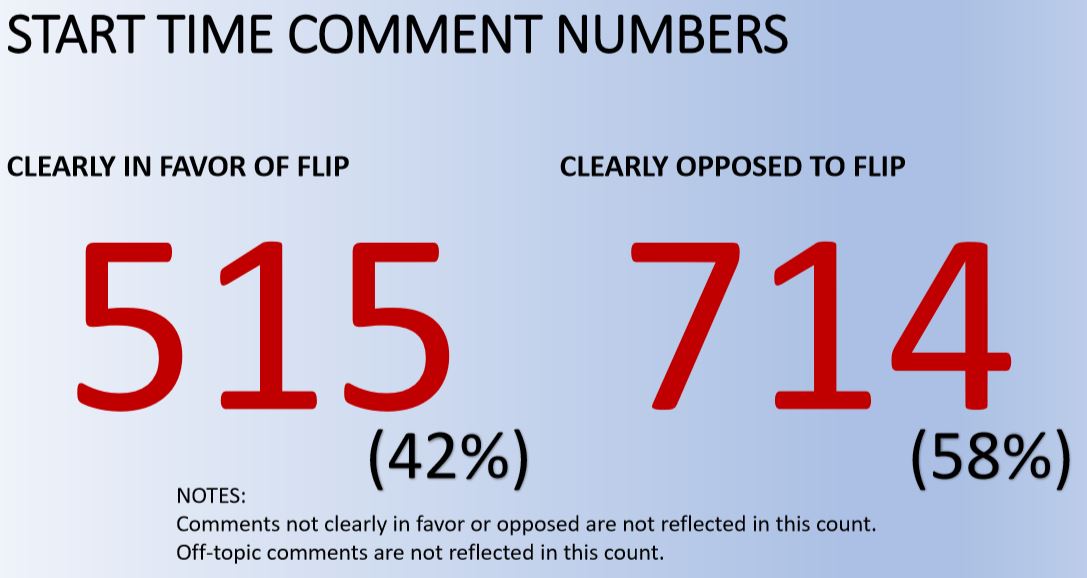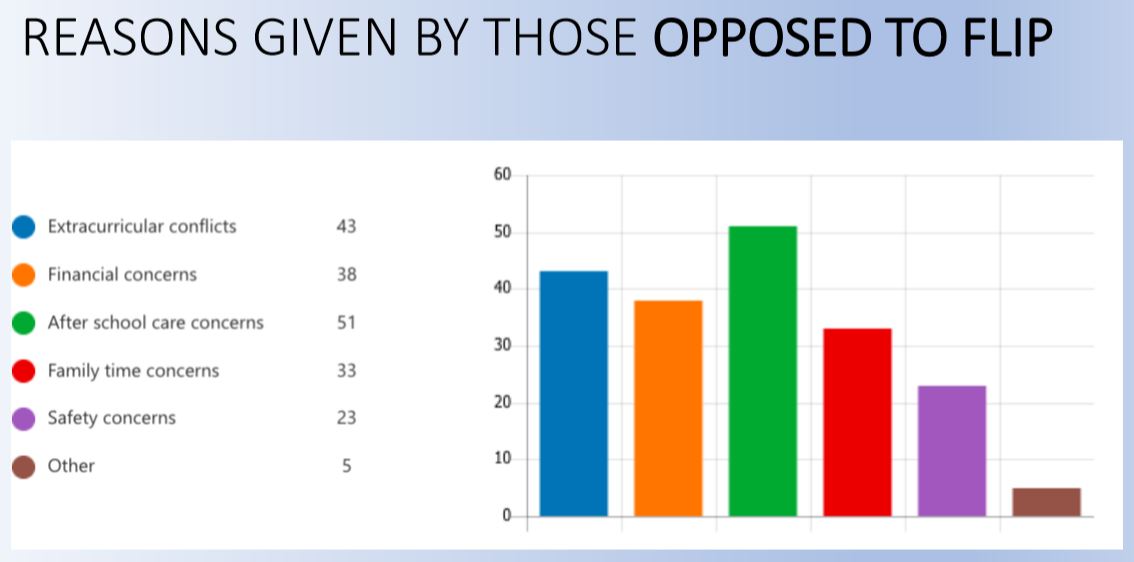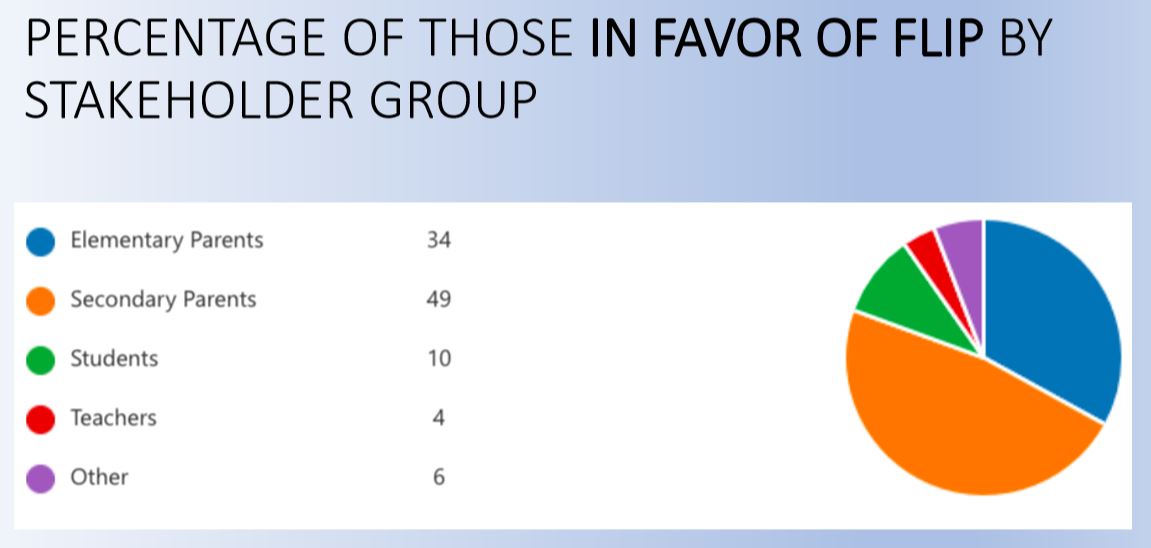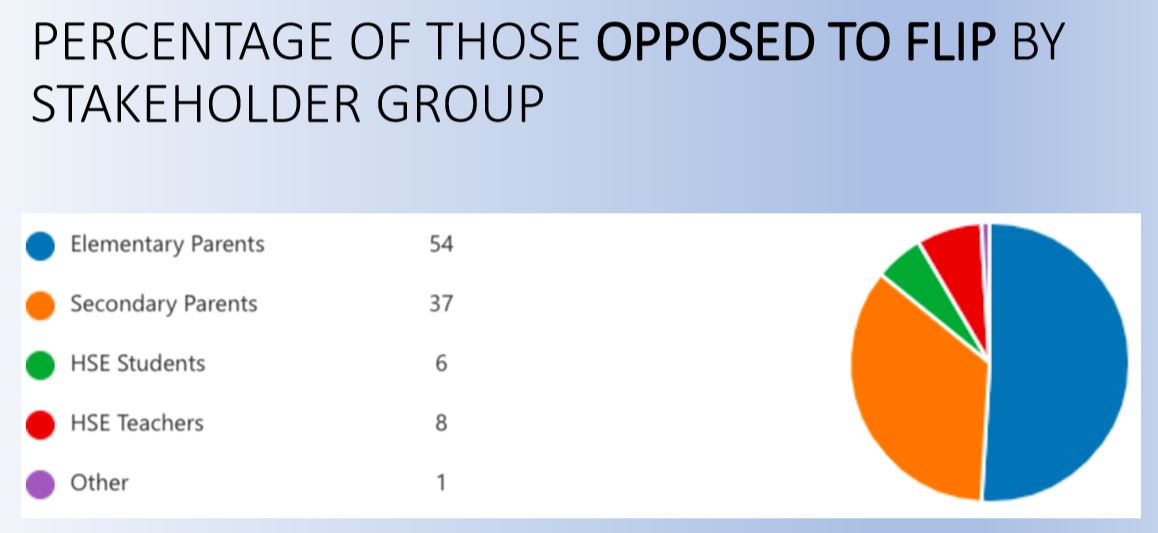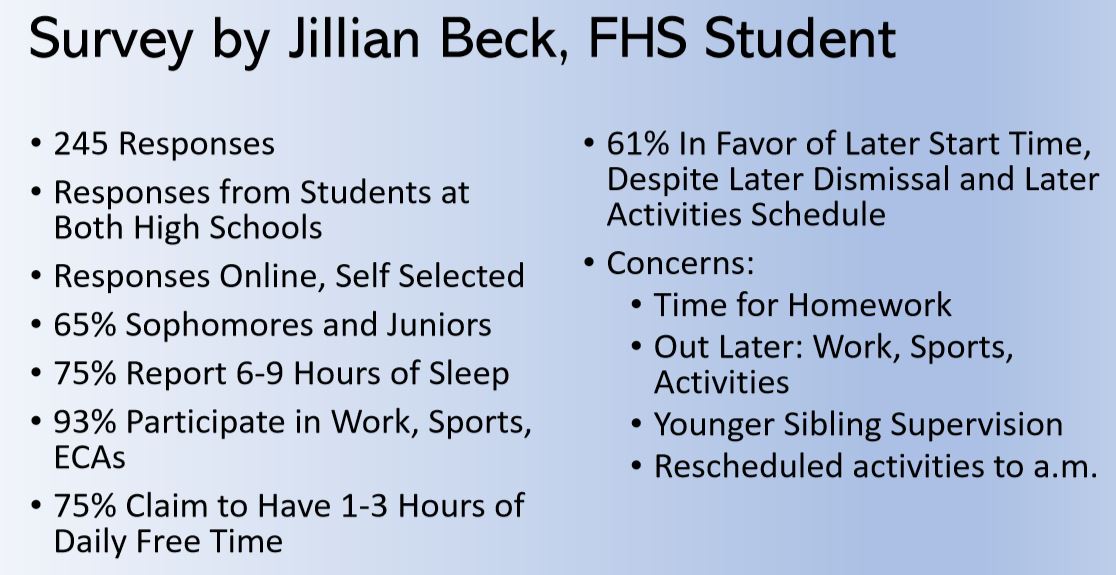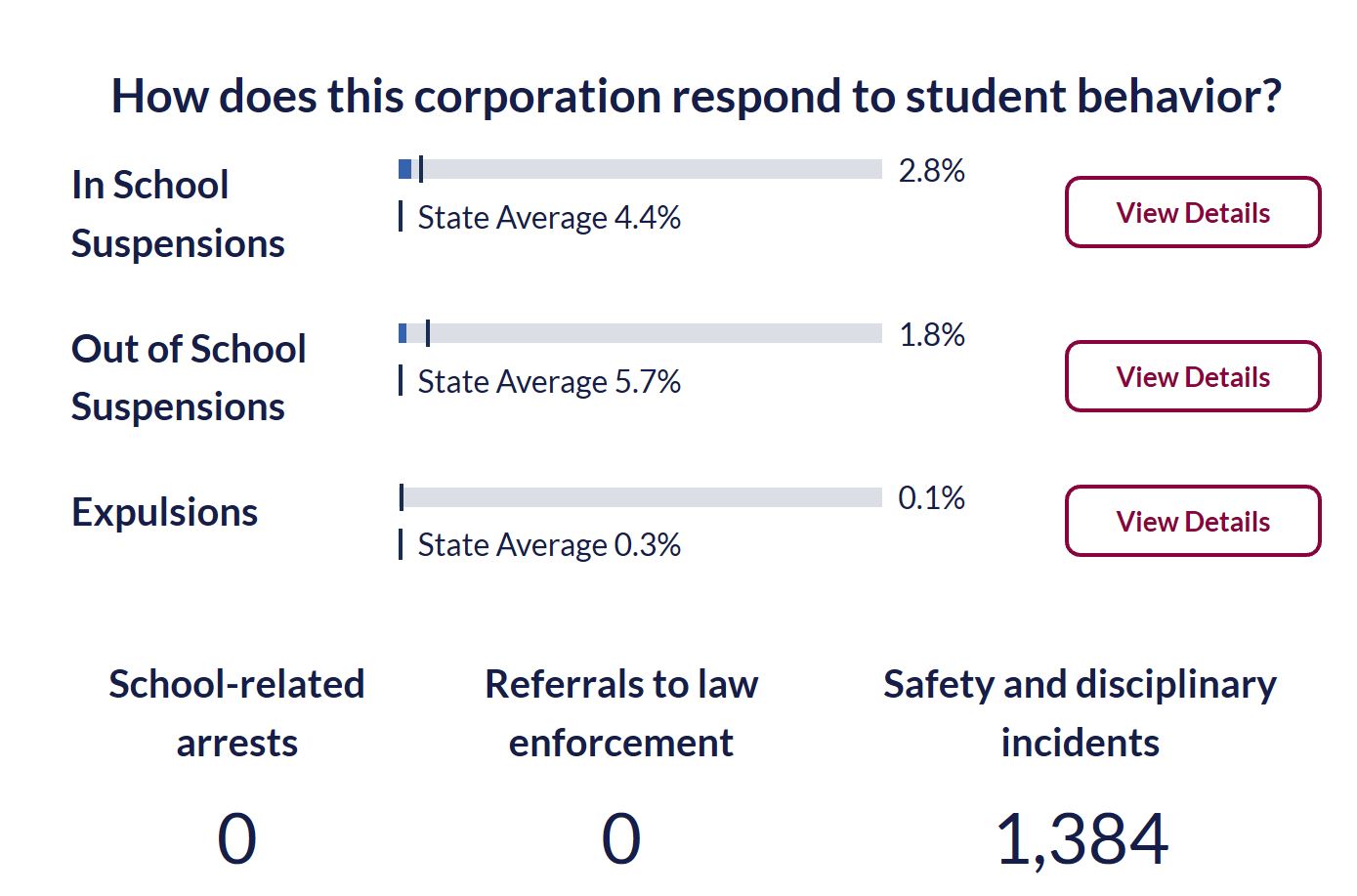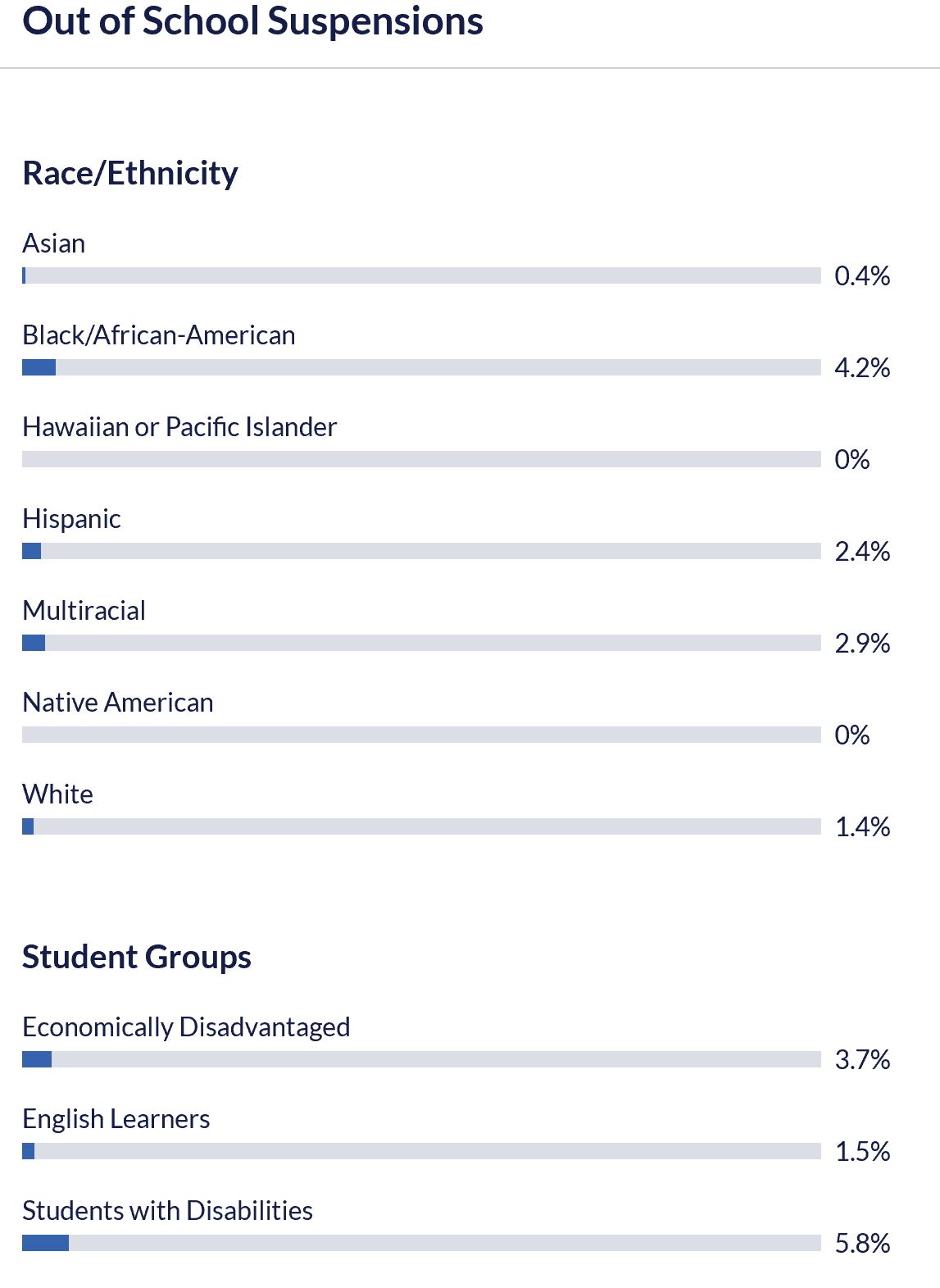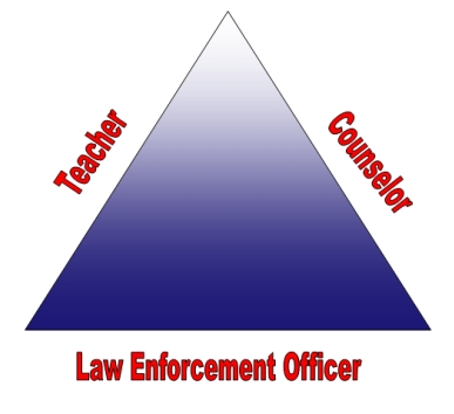One of the many things the Hamilton Southeastern Schools Foundation does for the HSE School district is provide grants to teacher and staff. This year has continued this service by funding 31 projects across 18 schools and the district. Specifically, the foundation funded 10 elementary school projects, 12 in the intermediate and junior high schools, 6 in the high schools, 1 in the academy and 2 for the district.
The themes for these projects range from areas of mental improvements such as mindfulness to technological areas such as Virtual Reality and to other areas such as culture, STEM, robotics, wellness, podcasting, and so much more.
The foundation presented a list of the projects to the school board that includes the teacher, school, topic, and number of students impacted. Because I couldn’t find an easy link to this document, I’m including what was posted on the School Board BoardDoc’s agenda below. It’s an impressive list of projects and a good reason to provide support to the Foundation!
FALL 2019 GRANT RECIPIENTS
Marcia Abraham (FCE) Mindful Music
Student Impact: 600
“Mindful Music” is a program to combine music and tactile manipulatives to create mindfulness. Mindfulness is a tool that can be used every day to reduce negative emotions and stress, help focus and tune out distractions, Music has a powerful impact on our moods and emotions. Tactile manipulatives decrease stress, increase focus and concentration, and improve fine motor skills. The goal of combining both of these into “Mindful Music” is to create tools for students to regulate their emotions, manage their stress more effectively and decrease anxiety.
Laurie Boykin (FCI): Innovative Sphero STEM Units
Student Impact: 900
The Sphero STEM challenge project will empower students to develop scientific thinking through creative problem solving and authentic collaboration. Spheros can be used to inspire creativity because they can be used in seemingly endless ways, and students develop critical 21st century skills. The Sphero project is innovative because it starts with specific engineering design challenges and progresses to student-created challenges.
Lindsey Bradshaw (HIJH): Birds Galore!
Student Impact: 12
This real-life experience will give our FAP students the knowledge of what birds are around them, what they eat, and how they interact with their environments. The key objective for this project is to provide our FAP kids with a way to connect to the outdoors even when it’s cold out, to participate in Citizen Science Projects with people all over the world, and get to dissect something like their peers in the general education program. This will enhance their student experience because we see how much they like to build, take apart, observe, document, and apply their learning.
Heather Butz (SCI): Let’s Go eVRywhere!
Student Impact: 50
Students will use Oculus Quest virtual reality devices to explore and interact with places throughout the world and history. From the Acropolis and Parthenon in Ancient Greece, to the Colosseum in Ancient Rome to the construction of Notre Dame in Medieval Europe to touring Anne Frank’s house during the Holocaust…the destinations and connections are endless!
Janet Chandler (HSEHS): Civics Education/We The People
Student Impact: 61
Student experiential learning would be enhanced by this grant as it goes to defray cost of programming in civic education. We the People is a co-curricular program to encourage civil discourse and civic engagement.
Lauren Doran (SCI): Connect Classroom to World
Student Impact: 110
This project leverages video conferencing technology to build global partnerships to help students to build empathy, understand and appreciate cultural diversity, and understand global issues. Global connections with other classrooms allows students to connect with others through shared literacy experiences and project-based learning. Students can build relationships and find their place in the world by traveling virtually anywhere on the globe without ever leaving our classroom.
Maria Dorsel (HIJH): Learning-To Infinity and Beyond
Student Impact: 1200
The project is directly related to the science standards as they relate to Space Science and STEM. Revolve around the sun and explore the planets! Discover space history and important STEM concepts. Bring the universe to students with this brightly colored map that illustrates the inner and outer planets, a portion of the sun, orbital paths and a timeline.
Erin Duros (DES): DES HUB
Student Impact: 375
A library should be the hub of a school where there are opportunities and tools available to meet the needs of our diverse learners. The space goes beyond checking out books and instead should be a place for innovative change. These seven design studios within the library becomes a gathering space for collaboration, innovation, and authentic learning opportunities.
Jeff Fronius (FHS): Engineering Class Modernization
Student Impact: 400
This project incorporates four current technology robot brains and associated controllers and sensors for teams of students to learn through robotics. The learning will include programming for machine control, control feedback loops, and kinematics. This new equipment will help keep up with changes in technology and increased interest in engineering classes at Fishers High School, which are at the highest enrollment in the school’s history.
Johanna Gianforte (FHS): Making an Imprint on Society
Student Impact: 65
Printmaking is an innovative artform dating back to 105 A.D. with modern applications used in many forms including amongst graphic design companies. This new class will be a valuable resource to students hoping to pursue a career in visual arts. These new gelli plates will help with the instruction of monotype printmaking, one of the first more introductory types of printmaking.
Madeline Hennessy (FJH/HIJH): A Natural Approach to French
Student Impact: 93
The CI classroom methods deepen student learning and open more doors for our learners down the road by making the classroom a more fun and engaging place. Through student voice and student choice, these students will be prepared to enter the world as global citizens, developing abilities that will prepare them to make connections with people around the world.
Kristin Hicks and Finae Rent (CRE): CRE Sharing Bookshelves
Student Impact: 570
Through a Global Goals project, students collaborated to set up a Little Free Library outside of CRE as well as some local neighborhoods. These Little Free Libraries will house books that can be borrowed, traded, owned or replaced by any children that want or need a new book to read.
John Hochstetler (RSI): Drone On
Student Impact: 500
Students will learn coding with drones by creating a safe enclosed environment using the 9 Square in the Air Game Equipment. Netting will be added to the frame of the game and obstacles will be added to increase the challenge level.
Jennifer Jacks (SCE): Get Your Mind Ready
Student Impact: 678
The Mind Yeti program is designed to help children practice mindfulness. Mindfulness, a subset of social-emotional skills currently being taught through the Second Steps program, helps improve student attention, perspective taking and empathy, increase sharing and including others, and helps decrease aggression and signs of depression. Utilizing Mind Yeti for all students K-4 at SCE will lead students and staff through sessions which are designed to help children practice mindfulness.
Johanna Kitchell (RJH): Going the Distance with Healthy Hawks
Student Impact: 85
This project will add a way for students who don’t otherwise have a phone or smartwatch app to actually track their running distance and empower them to take more control of their training. Adding these pedometers also provides opportunities for student equity and access in training.
Sara Larkins, Brittany Sugg, Erin Mohr (FES): You Belong Here Buddy Bench
Student Impact: 7,913
This project will create, design, and build buddy benches for any HSE elementary school that currently doesn’t have one. A buddy bench is a place you go when you need a friend at recess. If a peer sees someone on the buddy bench, they might come and ask that student to play. This will encourage everyone to feel welcome and like they belong!
Amy McDuffee (SCE): Microscopes for iPads
Student Impact: 650
These mini microscopes that attach to iPads will help students observe flowers and leaves in the SCE garden with a detailed viewpoint and take pictures of these observations. Students can learn a lot from being able to see the intricate details of a natural object when viewed under magnification. The microscopes will do much to influence their view of the world they cannot see with the naked eye and combine science and art with mindful observation.
Amy Murch (Conner Prairie Teacher-in-Residence): Classroom Connections for Adventures on the Prairie
Student Impact: 1,700
This project will help extend the learning experiences of all fourth grade HSE students created while at Conner Prairie travel back to the classrooms. These kits will encourage students to ignite a curiosity and wonder prior to visiting Conner Prairie and the outdoor classroom. Students from all over the district will be able to connect, reflect, challenge and spark a natural connection with fellow 4th grade students.
Todd Niswander (CRE): Rigamajig Workshop
Student Impact: 600
Rigamajig Workshop is a large-scale wooden building kit for open-ended cooperative play and exploration. Rigamajig encourages curiosity and cognitive thinking through play utilizing wooden planks, nuts and bolts. Students will be creators, using their imagination, to build structures and simple machines from the Rigamajig materials. Through collaboration, students will practice and develop problem solving, communication, teamwork, and adaptability.
Kayla Pippenger (FCI): Traveling the World to Create Cultural Awareness
Student Impact: 167
Humanities class interweaves reading, writing workshops, social emotional learning, and social studies. Virtual reality headsets will allow interactive movement and allow for students to view places and things all over the world in 3D, enhancing cultural understanding, global awareness, and historical awareness in our classrooms. These headsets also allow teachers new ways to present works of literature and related topics.
Jennifer Regelski (HSEHS): Integrated Chemistry and Physics on Mars-a PBL Approach
Student Impact: 140
Students will work in collaborative teams in a project-based learning environment. The students will be tasked with setting up a colony on Mars and will need to use problem-solving and critical thinking skills to complete various tasks and challenges centered around the physics and chemistry standards that are traditionally taught in Integrated Chemistry and Physics.
Bob Rice (HSE Energy Manager): Renewable Energy Interactive Display
Student Impact: 22,000
Kids and adults can light up a model of the electric grid using hydropower, wind, and solar generation. This interactive mobile power lab will potentially put renewable power generation into the hands of all 22,000 students of Hamilton Southeastern.
Allie Rogowski, Heather Skaggs, Carolyn Porzuczek (BSE): Imagineering an Animatronic Robot
Student Impact: 75
Students will rally together to build their own robots from scratch. The students will design, build with recycled materials, and completely wire and code their own unique robot. Using this inquiry driven process, students will develop real world skills, as well as deepen their understanding of academic content.
Amanda Scott (HFA): The Academy Wellness Education Program
Student Impact: 135
Substance and vaping use is a growing problem among students. Through this class, students will learn more about common substances being used, healthy coping mechanisms, and ways to help both themselves and those around them.
Leah Ann Self (HSEHS): Create, Enhance, and Innovate with Cricut
Student Impact: 150
Cricut use is limitless and will help enhance student learning by creating projects and posters for the classroom as well as for group assignments within Fashion and Textiles courses. Students will be able to see their innovations on the computer become reality as they learn how to manufacture and enhance their designs.
Kelly Steiner (FES): Building Community Through Sensory Opportunities
Student Impact: 416
This project promotes authentic play, inquiry, collaborative and problem-solving opportunities aligned with HSE21 through a sand exploration table. With the power of a child’s imagination the sand table can be an archeological dig, a bakery, an art studio, and an experiment on friction at the same time.
Robyn Stout (SCI): Robotics for ALL Students!
Student Impact: 945
The STEM curriculum provided by Vex-IQ can be weaved into many of the curriculum areas but not limited to language arts, math, science, and computer science. Robots and arenas will support whole class activities as well as the robotics team.
Emily Stout (RSI): RSI Podcasting Cart
Student Impact: 1,000
Podcasting stations will be available for students to script, create and record their own podcasts based on current curricular needs and eventually moving on to student created podcasts based on interests.
Jessica Sullivan (FCI): Finding Coherence: Connecting Heart, Mind, and Emotions
Student Impact: 30
Using the Smart Brain Wise Heart™ program in conjunction with the advanced emWave® technology, students will be able to actually see how their body is responding in both moments of stress and calm. This curriculum will allow staff members to provide a targeted intervention to students who have high needs in areas such as emotional dysregulation, impulse control, or anxiety.
Sarah Tappendorf (SES): Environment as a Third Teacher: Let Me Explore the World Outside
Student Impact: 56
This field study and provocation kit will allow students to use the environment outside the classroom walls as a third teacher, giving them an authentic opportunity to engage and explore nature. Students with all types of learning styles will be able to share their findings via note-taking, sketching, researching, and presentations.
Benjamin Wyss (FHS): Wireless Stylus
Student Impact: 1,500
The student experience will be enhanced through the efficiency of the teacher going through the lesson with this stylus. Due to the increase in efficiency, teachers will have more time during class to help students that may need extra attention at the conclusion of the lesson.

# # #
